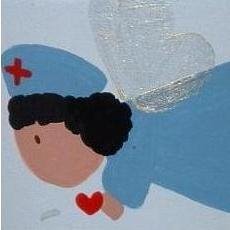Legg-Calve-Perthes disease: poor blood supply to the superior aspect of the femur. Most common in boys ages 4-10. The femur ball flattens out and deteriorates. 4x higher incidence in boys + Bony cresent sign.
Developmental dysplasia of the hip: abnormal development of the hip joint found that is congenital.
Slipped capital femoral epiphysis: 2x greater incidence in males, most common hip disorder in adolescents. The ball of the femur separates from the femur along the epiphysis.
Polymyalgia Rheumatica- hip or shoulder pain disorder in people greater than 50 years old.
Systemic lupus erythemtosus: autoimmune disorder that affects joints, skin and various organ systems. Chronic and inflammatory. 9x more common in females. Butterfly rash
Scleroderma: connective tissue disease that is diffuse.
Rheumatoid Arthritis: inflammatory autoimmune disease that affects various tissues and joints.
Juvenile Rheumatoid Arthritis: inflammatory disease that occurs in children.
Paget’s disease: abnormal bone development that follows bone destruction. The disease is characterized by excessive breakdown of bone tissue, followed by abnormal bone formation. The new bone is structurally enlarged, but weakened and filled with new blood vessels.
Osteoarthritis: chronic condition affecting the joint cartilage that may result in bone spurs being formed in the joints. Morning stiffness
Gout: uric acid development in the joints causing arthritis.
Fibromyalgia: joint, muscle and soft tissue pain in numerous locations. Presence of tender points and soft tissue pain.
Duchenne muscular dystrophy: Genetically X-linked recessive type of muscular dystrophy that starts in the lower extremities. Dystrophin-protein dysfunction.
Ankylosing spondylitis: Vertebrae of the spine fuse. A type of arthritis that causes chronic inflammation of the spine and the sacroiliac joints. Chronic inflammation in these areas causes pain and stiffness in and around the spine. Over time, chronic spinal inflammation (spondylitis) can lead to a complete cementing together (fusion) of the vertebrae, a process called ankylosis. Ankylosis causes total loss of mobility of the spine.
Compartment syndrome: impaired blood flow and nerve dysfunction caused by nerve and blood vessel compression.
Osteosarcoma: bone tumor that is malignant and found in adolescents.










0 comments:
Post a Comment